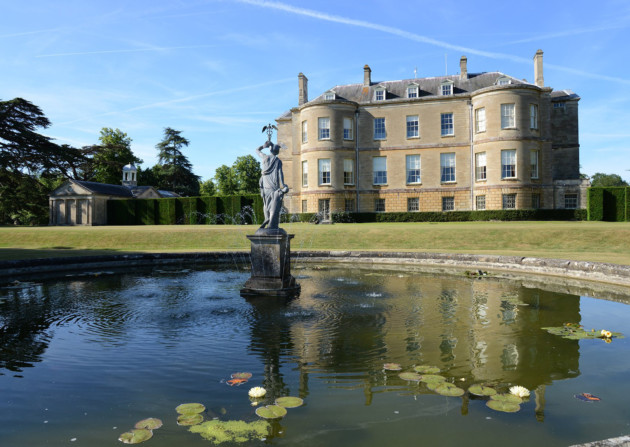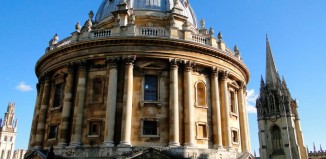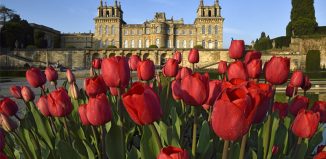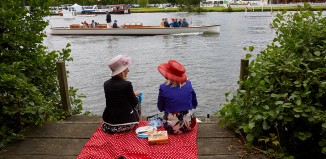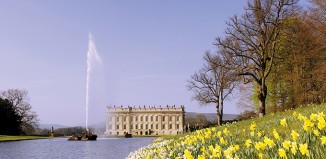Buscot Park, the home of Lord and Lady Faringdon.
Charley Yates
The Lord and Lady of Faringdon’s family have lived here since 1887 and still look after the property on behalf of The National Trust, who came to own it in 1955.
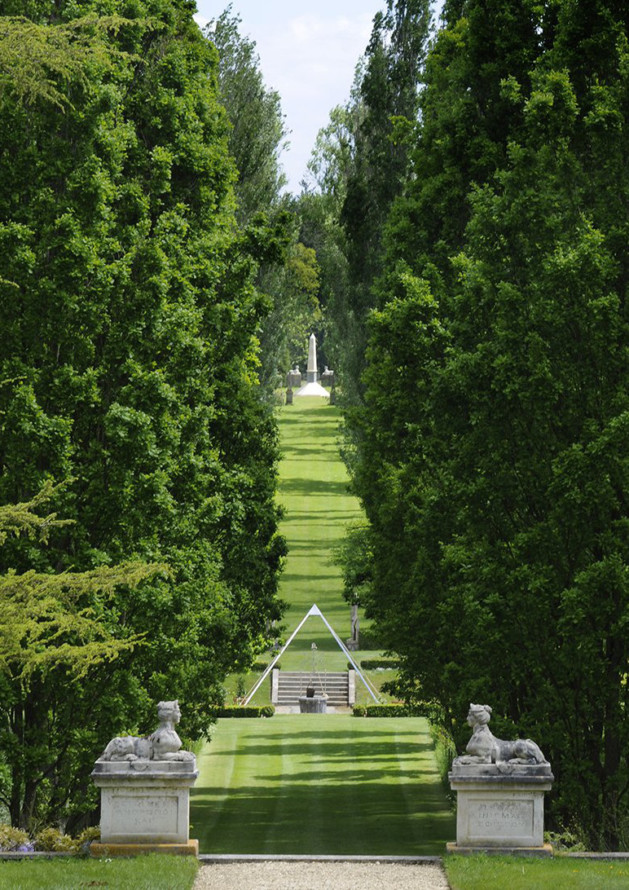
Promotional feature.
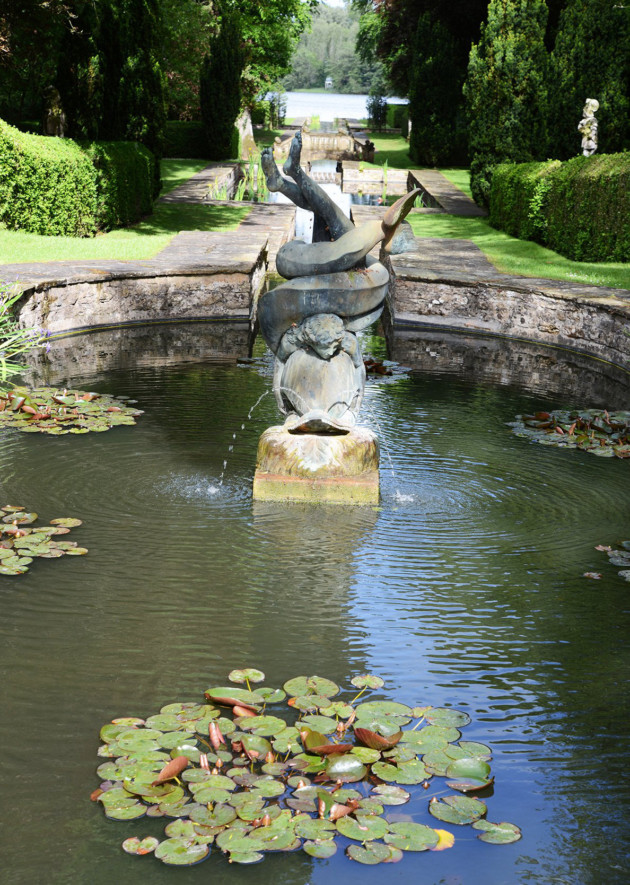
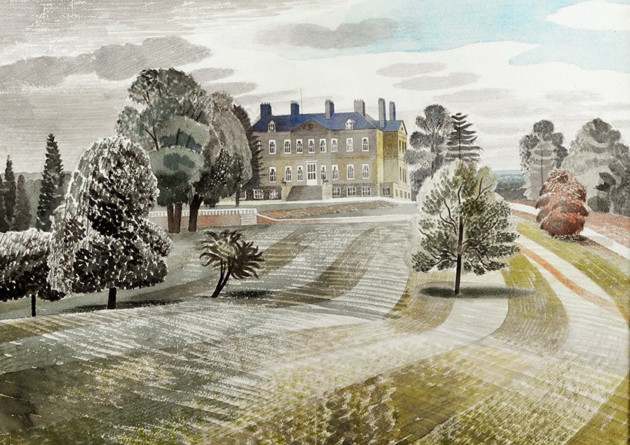
The famous Faringdon Collection of Art and period furniture can be viewed inside Buscot House; and visitors can roam around the floral gardens and Pleasure Grounds that surround the main house, which is sited on a hill, from which there are views of four counties.
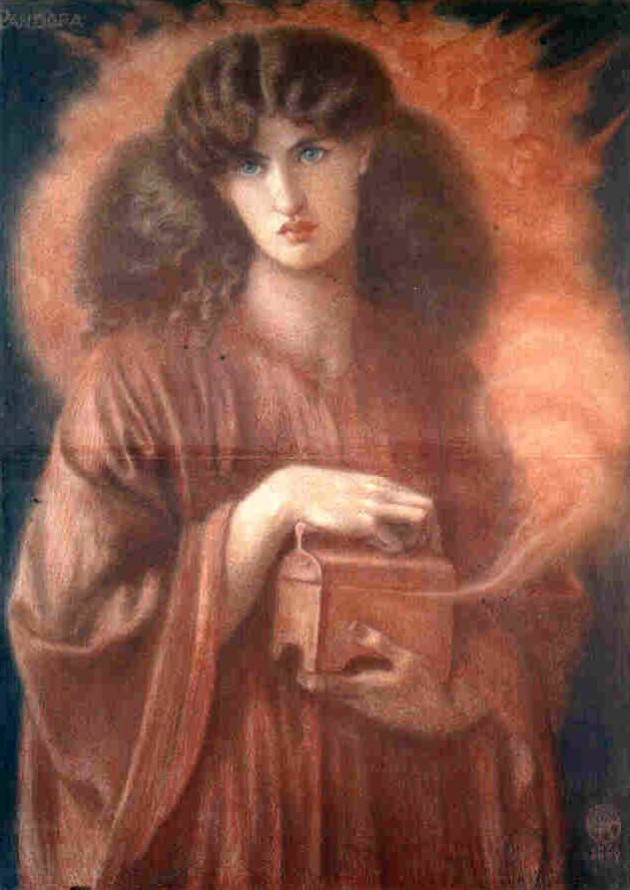
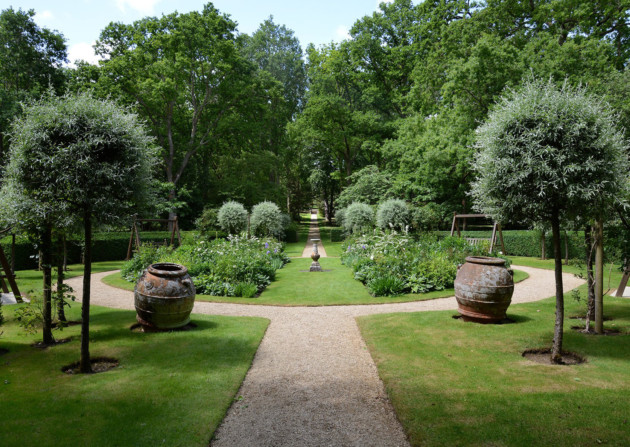
The Pleasure Grounds offer fountains, lakes, vistas and sculptures; and as Buscot Park is too large to ever feel crowded, it remains one of Oxfordshire’s best-kept and most delightful secrets.
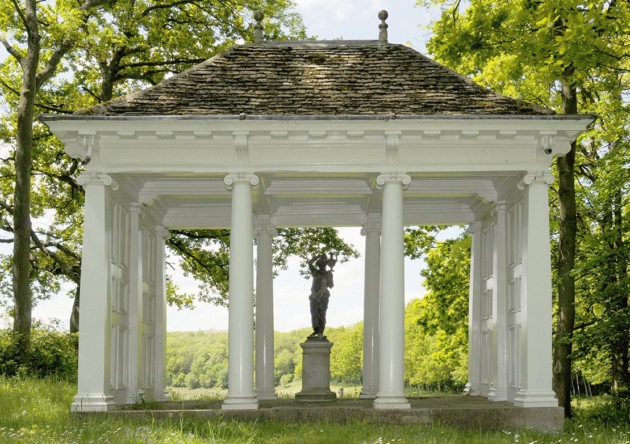
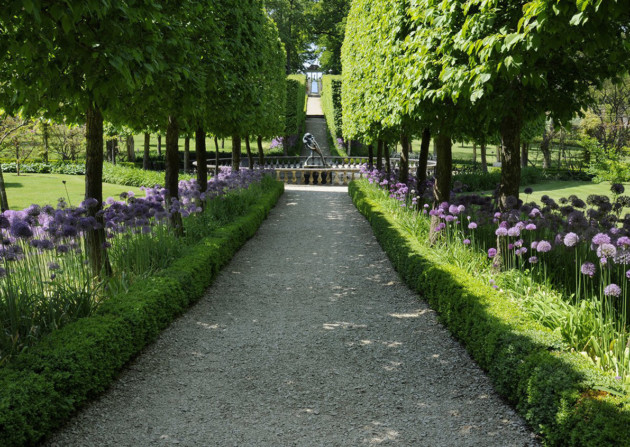
The Pleasure Grounds were begun in the late 18th century to complement the elegant Palladian house, which dates from around 1780. Over the past 127 years the 1st, 2nd and 3rd Barons Faringdon enhanced these grounds.
Today they include the spectacular water garden which Harold Peto began designing in 1904 and finished in 1911. This is a series of stone-lined pools and canals filled with water lilies where there is always the gentle sound of trickling water. Steps and paved walks on either side take you past stone balls and sculptures, benches, a fountain – down to a tree-lined lake spanned by an elegant stone bridge, where a domed temple stands on the far shore like a scene from a Classical painting. Ducks, geese, herons, dragonflies and kingfishers have colonized this watery environment; and along its gentle downhill slope you will be tempted to explore tree-lined alleys where other features await discovery in the shade or sunlit clearings.
Buscot’s Pleasure Gardens offer five tree-lined avenues to explore, each leading up to eye-catchers in the distance and points of interest along the way, such as marble urns or busts, a pond where a sculpture of a man lurks among the bulrushes; and a well with a leather bucket and rope above it, encircled by lemon trees in tubs. Nearby you can find Lady Faringdon’s “Swinging Garden” where four large bench-swings are arranged between large terracotta pots and all the flower beds have only white blooms alongside plants with silver foliage, making a dreamy spot where parents and children can enjoy themselves, or adults can rekindle their childhoods.
The Faringdon’s latest addition to the Pleasure Grounds is its Egyptian Avenue leading up to what is thought to be the largest sundial in Britain – erected to celebrate the Diamond Jubilee of Queen Elizabeth II.
On sunny days its ingenious way of showing the time with shadows is worth investigating. This was designed by Mark Lennox-Boyd (husband of Arabella Lennox-Boyd – winner of numerous medals at the Chelsea Garden Show). It was built by Terry Cook, who lives and works at Buscot Park as head of Security and overall Maintenance.
In a sheltered hollow below the main house, behind the old stable block and conveniently near the car parking and toilet areas, lies the “Four Seasons” walled garden. Its 18ft high walls shelter flowering plants all year round. This was once the vegetable growing area for the family, and contained glass-houses that produced exotic fruit unavailable in shops at the time; such as melons, pineapples, nectarines and white peaches. Other glass houses grew flow exotic flowering plants were in fashion for decoration in the house, such as lilies. Still more glass-houses grew cucumbers, avocado pears and tomatoes.
In the 2nd Lord Faringdon time only yellow or black tomatoes were grown for fancy’s sake. Sadly, most of these glass houses were torn down in the 1950’s when they became too expensive to maintain; and the economy was such that the family’s 1915 Rolls Royce Limousine (which had served as an ambulance in the Spanish Civil War) was used to transport vegetables to markets. But the gardens still have some glass-houses, and the one nearest the apple orchard contains what is said to be one of the oldest grape vines in Britain.
Creative collaboration is theme in the gardens. The space where the old glass-houses stood was converted into the flower-lined and scented “Parent’s Walk’ with the help of a friend of the Faringdons – garden designer Peter Coate. This allows visitors to walk side by side up to the main house or into the ‘Four Season’s’ garden where the tall and warm brick walls are still lined with esplanade apple and pears trees dating back to its Victorian heyday. Here the 3rd Lord Faringdon has added formal passages of pleached trees. In the shade beneath these Lady Faringdon has planted purple alliums with their tall stalks holding up purple balls of ripening seed-heads. Her eye and hand can be seen in the colourful companion plantings of flowers in the borders beneath the tall brick walls. Lord Faringdon’s corridors of clipped trees lead one up to the main house in one direction, or back towards the “faux-falls” which he designed in collaboration with the Chelsea award-winning garden sculptor David Harber. This is a series of steel mirrors with water cascading in lazy rills over their surface. Under the sunlight and from a distance, they create the optical illusion of a waterfall. Above the “faux-falls” a romantic Temple of Venus crowns the hillside. Outside the walled gardens, in a gap between the hedge-lined steps that lead up to the front of the Buscot House, the Faringdons have added an “outdoor room”. Here replicas of the Chinese Terracotta Army stands guard benches. There is no hurry to view the gardens. You can pause here for a while and listen to the birdsong or a buzzard mewing overhead before climbing the stately steps up to the lawns surrounded by specimen trees that frame the view of Buscot House.
Inside Buscot House the Faringdon Collection of Art awaits to amaze and delight visitors. This is a unique gathering of paintings, period furniture and ‘objets d’art” arranged in elegant rooms on several floors of this private dwelling open to the public. Unlike other National Trust properties this is a collection of Art for living with, and there is a sense of privilege, which has never been taken for granted by the Faringdon family themselves. For example, there is a Latin inscription on stone plaques outside which reads: ‘Men of Power assume ownership – don’t they? The inference is that the family is looking after these possessions for posterity – not reveling in owning them. Here one will find paintings by Rembrandt, Reynolds, Rubens, Van Dyck and Murillo. The Saloon, perhaps one of the most memorable rooms in England, is home to a series of paintings by the Pre-Raphaelite artist Sir Edward Burne-Jones known as The Legend of the Briar Rose. This was inspired by the story of Sleeping Beauty. The ten panels that make up this work are mounted in a gilded frame designed especially for them the great William Morris, who added an explanatory poem beneath. Other famous Pre-Raphaelite paintings upstairs are a portrait of William Morris’s wife as Pandora by Dante Gabriel Rossetti, as well as works by Millais and Ford Maddox Brown.
Guidebooks and well-informed room stewards are available to assist visitors, and the Curator is available to take special tours around the collection, or to give lectures on aspects of the Faringdon Collection in Buscot Park’s gem of a theatre in the East Pavilion to specialist groups. “Every picture tells a story”, and at Buscot Park you will find thousands of pictures and stories to choose from. For example, one of the most popular paintings in the Faringdon Collection in recent years was painted by the artist Eric Ravilious (1903-42), whose reputation has grown since his death, perhaps because he was so English and preferred to paint what he saw and knew – rather than to follow the modernist fads that were the rage for painters in his lifetime. He was a painter, designer, illustrator and wood engraver, and perhaps best known today for his evocative water colour scenes of rural England as well as for his highly collectable mugs designed for Wedgwood to commemorate the coronation of King George V. Eric Ravilious came to stay and paint Buscot Park and House in 1939, and donated his work for sale to the ‘Art for Ambulances’ charity set up by Gavin Henderson, the 2nd Lord Faringdon, to support those fighting fascism in the Spanish Civil War. Ravilious went on to become an official War Artist and perished in an airplane lost near Iceland in 1942.Other artistic gems include Dante Gabriel Rossetti’s coloured drawing of Jane Burden Morris – the wife of his William Morris, as Pandora. This was done a few months before the artist had a torrid but doomed affair with her.
But to hear more about that you have to take a guided tour.
Check www.buscot-park.comfor details of opening times and facilities or sing 01367 240 786. Come and discover Buscot Park. It will be a truly memorable day out.

